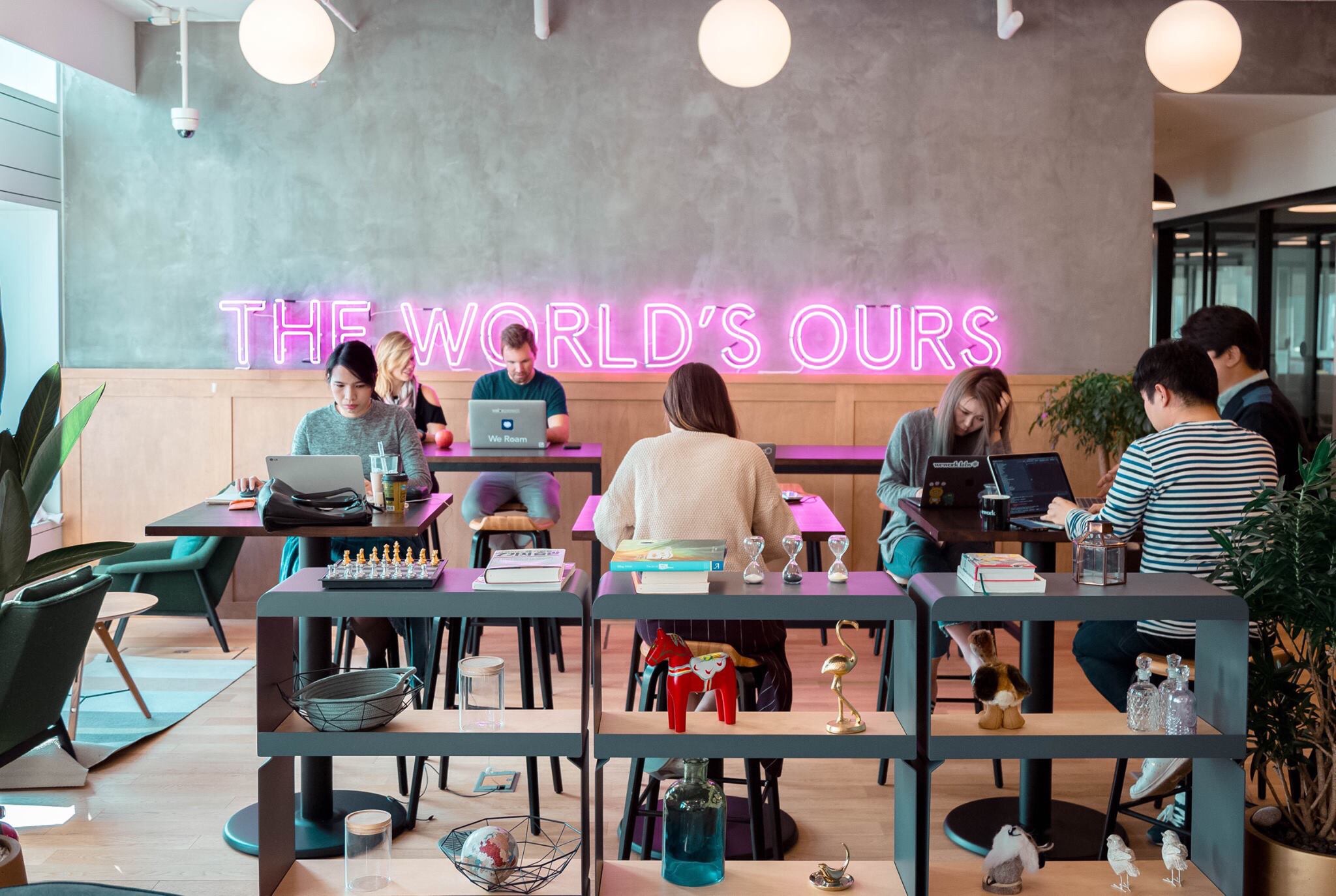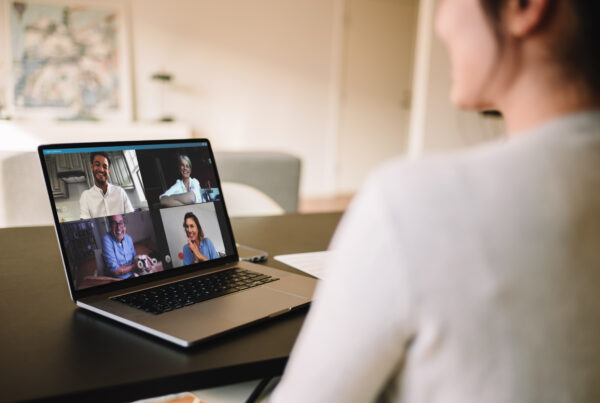According to the U.S. Small Business Administration, 99.7% of companies in the U.S. are small businesses; as recently as last year, almost 50% of employees in this country worked for small businesses (with most of those at less than 100 employees). And while it has generally been true that a growing economy lifts all of us, the ravages of 2020 have hit small businesses much harder than large companies – and the recovery is going to be very uneven. While the stock market enables large public companies to navigate and finance their way through the disruption of the pandemic, the reality for most small businesses is that uncertainty and limited financial flexibility are going to keep taking a steep toll.
So, to all those fellow entrepreneurs and small business leaders out there: keep faith in your capacity to innovate, transform and emerge from this challenging period with perhaps new businesses, renewed energy and bright futures. And if you work for a small business: find ways to be part of that innovation! From small distilleries that became manufacturers of hand sanitizer to restaurant workers who became the backbone of feeding first responders and health care workers, our collective capacity to figure out what needs to be done and then quickly determine how to get it done has been amazing.
We also need to be taking steps to better protect small business sectors in the future: we need to take careful note of what kinds of support weren’t available in 2020 and ensure that we build those tools for the next economically challenging time. What have we learned and how shall we apply those lessons? A few have already started to get some attention:
Fixed costs don’t go away when business turns down: a restaurant with no customers still has to pay rent or mortgage costs; a professional services firm that now has all employees working from home must still make payments for the office space left behind, or risk litigation from the landlord. Business interruption insurance, in most cases, won’t cover the circumstances that led to 2020’s calamities (a virus), so finding new ways to work with both insurance and financial lenders is a high priority for the future. So too, is thinking differently about the decision to build a business with fixed costs no higher than absolutely necessary. Will some companies ever go back to a traditional office?
There are some rules that really limit small businesses’ abilities to innovate – and may be worth challenging in the future. Two very different examples spring to mind: in my hometown, local government officials quickly changed zoning rules to enable restaurants and retailers to keep operating. Side streets connected to main thoroughfares were closed to drivers so serving tables and pop-up stores could occupy those spaces. For a town heavily dependent on ‘day trippers,’ it made the difference between lights on or lights off for dozens of small businesses. At the federal level: Dodd Frank legislation was designed to check the lending and leveraging strategies of the largest financial services companies in the country – but it has been applied to all banks, creating costly compliance operations for even the smallest B2B lenders. Their capacity to stay flexible and focused on supporting small business clients through challenging times would be a potentially game-changing idea to explore.
Protecting employees is the most challenging aspect of navigating these times for small businesses: until access to health care and tools for preparing for retirement are more universally available, small businesses are at significant financial disadvantage to large employers in attracting and retaining talent. Given the reality that most small businesses comprise people who all know each other well, creating a strong sense of shared fate is essential. And, being creative about benefits may be an important area of focus.
So that is the start of my list. If you have more ideas, please share. I have spent most of my career proving the point that some ideas can ONLY be successful coming from small businesses, where the distance between the customer and the company is short. If you have the same passion, join the conversation!






